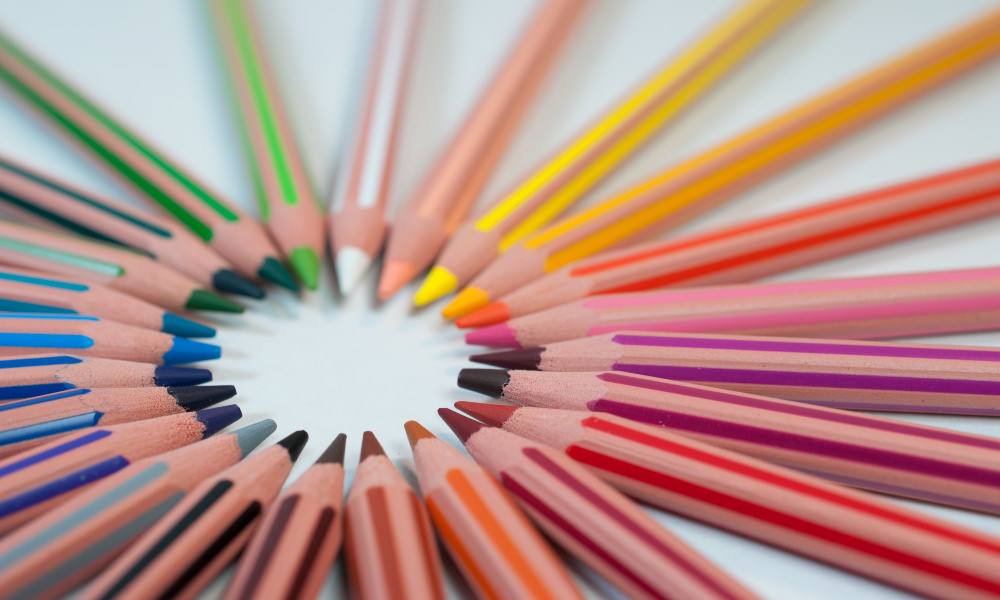The principle of figure and ground in Gestalt describes the way we all move to complete things, the strong human desire we all feel to create a neat whole. It’s about perception, about the way we feel so much better when we can connect up and complete the things we see and do.
In coaching people come to us to complete an issue, resolve a problem, or create different options and actions. They want to find a sense of solution, a sense of moving towards a new action that completes their Gestalt.
At the end of the day, it’s all about the key role psychology plays in visual perception. These exciting ideas are used by graphic designers to create awareness, putting messages across powerfully and simply and driving people to take the desired kind of action. They’re also used by some of the world’s most successful executive coaches.

The idea is this: our knowledge of the past influences our current perceptions and memories. Whenever we remember something, we actually reconstruct our perceptions of the event. All the learning and experience we’ve assimilated and integrated makes up our background, which gives meaning to our emerging ‘gestalten’ – a thing’s overall quality and character.
In coaching, the Gestalt method changes perceptions. As such it also changes what’s possible. It supports clients in building far more awareness. By widening and deepening client’s perceptions and surfacing different ways to think, perceive and do, Gestalt coaching supports an experiential, experimental and valuable journey. A way of exploring self, relationships and the wider systems that clients are a part of. It builds connections, awareness, greater choice and shifts in behaviours.
The basics of Gestalt principles

The human brain is hard-wired to spot patterns, notice structure, and respond strongly to logic. In ancient times these skills would have saved lives, passed genetically from generation to generation as a successful survival strategy. Patterns and structures helped us make sense of the world – and survive it – when it was a much more dangerous and unpredictable place than it is now, and they still do.
During the 1920s a group of German psychologists developed theories to explain how we perceive the world around us. They called them Gestalt Principles. The first is called figure-ground, where humans instinctively see objects as either in the foreground – the figure – or the background – the ground. Most of the time the process is fast and unconscious, and it tells us instantly which things we can and can’t ignore.
The second principle is similarity. When things look similar, we naturally group them together and assume they work the same way. Principle 3, proximity, says we tend to assume things that are close together are more closely related than things with a lot of space between them. And Principle 4, common region, is very like proximity – when things are in the same region, we also instinctively group them together.
Principle 5, continuity, says things arranged along a line or curve are more related to each other than things not on that line or curve. Principle 6 is called closure, where we naturally look for a pattern in any arrangement of visual elements, with our brains helpfully filling in the blanks. And finally, Principle 7 is called the focal point, where the things that stand out are those that will grab and hold a person’s attention more than less visually prominent things.
How Gestalt Principles help clients’ build deeper awareness

A graphic designer uses all of the above principles in a visual way to drive people’s attention in the right direction. Gestalt therapists and Gestalt coaches follow the lead of their clients and trust that whatever emerges in the session will be useful.
Once you have a good grasp of the way the human brain works – as these principles allow – you’ll see that out of the ground of the coaching sessions something valuable will form. It will become figural and through giving this issue or need attention it offers the client the opportunity to gain a greater sense of completion. Once a client makes sense of their own big picture, seeing it more clearly, they gain new awareness and can make better choices about the next steps to take.
Valuable perception and awareness for clients and coaches
Perception, awareness, more choices and moving into action, sit at the heart of Gestalt coaching for both coaches and clients, and that makes it particularly effective. If you’d like to experience this way of coaching, please do get in touch
About us:
We create the space for leaders to step back, think clearly, and navigate complexity with confidence. By sharpening the narrative that drives decisions, teams, and performance, we help leaders move forward with clarity and impact. Our approach blends deep listening, incisive challenge, and commercial focus—strengthening leadership at every level, from business transformation to boardroom decisions.
“We share resources that help coaches deepen their practice and expand their impact. The articles on this site are designed to spark fresh thinking, offer practical tools, and support the continuous growth of coaches at every stage. “
Jude Elliman
Founder
Our Core Approach:
We work with leaders to sharpen their thinking, strengthen their leadership, and navigate complexity with confidence. Our approach is built around three core areas:
Narrative Coaching – Working with the stories that shape leadership, teams, and organisations.
Commercial Focus – Cutting through complexity to drive clear, strategic decisions.
Challenge & Space – Asking the right questions while creating the space to reflect and grow.
Through this, we help leaders drive transformation, align teams, and make high-stakes decisions with clarity and impact.
